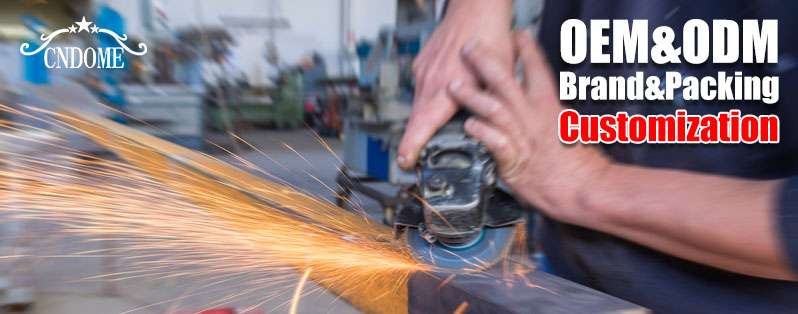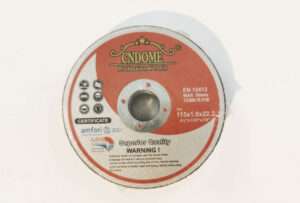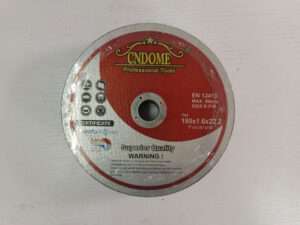In the world of manufacturing and fabrication, precision is paramount. Whether crafting intricate metal parts or shaping sturdy stones, the tools used must maintain their integrity to deliver consistent results. Among these tools, grinding wheels stand as stalwart companions in the pursuit of perfection. But have you ever wondered why these indispensable tools are often found snugly ensconced in plastic packaging? Let’s delve into the reasons behind this seemingly simple yet crucial practice.
Protection from External Elements
Grinding wheels, with their abrasive surfaces meticulously designed for cutting and shaping various materials, are highly susceptible to damage from external elements. Moisture, dust, and debris can compromise the integrity of the abrasive surface, leading to diminished performance and potentially hazardous operation. Plastic packaging provides a barrier against these elements, safeguarding the grinding wheel until it’s ready for use.
Preventing Abrasive Contamination
The abrasive material coating the surface of grinding wheels is carefully formulated for optimal performance. Any contamination can alter its composition, resulting in uneven wear or reduced effectiveness. By packaging grinding wheels in plastic, manufacturers ensure that the abrasive surface remains pristine until it reaches the end user, minimizing the risk of contamination from environmental pollutants or foreign particles.
Securing During Transport and Handling
The journey from manufacturing facility to end user can be fraught with jostling and jolting, posing a threat to the delicate balance of a grinding wheel’s structure. Plastic packaging acts as a cushion, absorbing shocks and vibrations during transport and handling. This protective barrier prevents accidental damage and ensures that the grinding wheel arrives intact and ready to fulfill its purpose.
Enhanced Shelf Life
Like any precision tool, grinding wheels have a shelf life. Exposure to air and moisture can accelerate the degradation of abrasive materials, leading to premature wear and diminished performance. By sealing the grinding wheels in plastic packaging, manufacturers extend their shelf life, preserving their quality and effectiveness until they’re called into action.
Safety Considerations
Safety is paramount in any industrial setting, and grinding operations are no exception. A damaged or compromised grinding wheel can pose significant safety risks, including breakage and projectile hazards. By packaging grinding wheels in plastic, manufacturers not only protect the integrity of the tool but also mitigate the potential for accidents, promoting a safer working environment for operators.
Conclusion
The seemingly mundane act of packaging grinding wheels in plastic serves a crucial purpose in preserving their integrity, performance, and safety. By shielding these precision tools from external elements, preventing abrasive contamination, securing them during transport, and enhancing their shelf life, manufacturers ensure that grinding wheels arrive in optimal condition, ready to tackle the toughest tasks with precision and reliability. So, the next time you unwrap a grinding wheel from its plastic packaging, remember the intricate dance of protection and preservation that has taken place to deliver it into your hands.




qtmGURrc
lLNQVBSgAf
VYwTcpLZsyfot